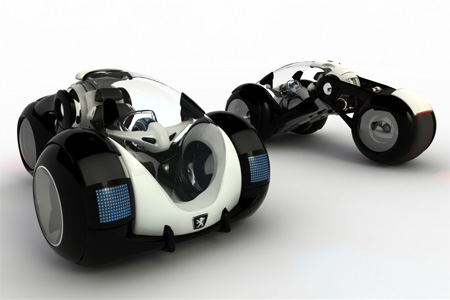
A higher search ranking is the vision of many Internet site owners. What they do not realize is that, if done properly the optimisation of their site for the search engines can also see it optimised for site visitors. Quite simply, search engines love content — the more content on a page, the simpler it is for search engines to work out what that page is basically about.
Search engines may struggle to work out the point of an internet page which has less than 2 hundred words, and may finally penalize that page in the search rankings.Include pages that are bigger than this, and search engines may throw in the towel on those pages as simply being too large. As I discussed in Part two of this series, it is not unusual for sites to experience important traffic increases after they switch from a table-based layout to a CSS layout. Search engines may like CSS-based sites and can score them higher in the search rankings.
The advantages of clean code, flexibleness of vital content placement, and larger content density make it simpler for search engines to access, consider, and rank CSS-based pages. Using CSS for layout is also highly advantageous for usability. If you know anything about search engine optimisation, you can know that many search engines place more significance on the page title than on any other of the page’s attributes.
If the title adequately describes the content of that page, search engines will be ready to more accurately determine what that page is about. A significant page title also helps site visitors work out where they are, both in the site, and online as a full. Search engines frequently say that the text contained in heading tags is more crucial than the remainder of the document text, as headings ( in principle, at least ) summarize the content right away below them. Many search engines allot the most significance to, then, and so on. Headings are also incredibly helpful for your human site visitors, as they help scanning significantly.
Talking generally, we do not read online : we scan, trying to find the info we are after. If we, designers and developers, break up pages with sub-headings that effectively describe the content underneath them, we make scanning way easier for users. We’ve already established that search engines love content, but many engines are particularly fond of the first twenty-five words on each page.
When we arrive at a web page the very first thing Web users must know is whether or not this page has the data they are after. ) way to discover is to scan thru the 1st paragraph, which, if it adequately describes the page content, should help out.